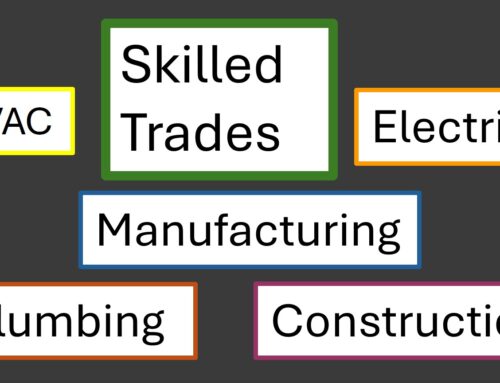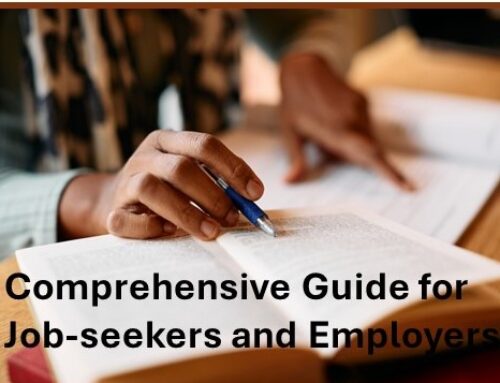
Workplace safety is a #1 priority in skilled trades. However, accidents still happen even with the best protocol and the most safety-conscious team!
When they do, you need a proper plan in place for a quick and effective response. When responding to an injury or accident, it’s crucial to have a sense of urgency. Absolutely for the well-being of the employee but also for the good of your business. While injuries may take weeks or months to heal fully, the first 24 hours are the most critical in determining the overall cost of the claim.
5 Steps –
-
Care for the Employee
The injured employee is your number one priority. Assess the situation and determine what kind of care they need, ensuring their immediate needs are met. Quickly responding to an injury may mean the difference between life or death. Some injuries may only require simple first aid. Ideally, you will have a trained personnel member to administer basic first aid, and you should always have a kit on hand. However, be prepared to call 9-1-1 if needed. Train employees on proper response methods for when major medical crises occur.
-
Secure the Area
Once the employee has received medical attention, take control of the area.
An investigation is usually required after a safety incident, so securing the scene and limiting access to other employees is essential. It preserves the accuracy of the scene as a whole. Additionally, it helps prevent a secondary incident.
-
Complete Incident Reports
Sending incident reports to all appropriate parties is one of the most critical steps—ideally, complete statements within 24 hours. Submission delays to insurance providers typically result in increased compensation costs.
Keep communication lines open throughout the claim process between the employee, any involved doctors, insurance, and the claims adjustor.
The OSHA Injury and Illness Recordkeeping and Reporting Requirements also state employers must prepare and maintain records of all work-related incidents using the OSHA form 300. Federal mandates require fatalities to be reported to OSHA within 8 hours of the occurrence. Hospitalizations and the loss of limbs and eyes must be reported within twenty-four hours.
-
Establish a Return-to-Work Program
Depending on the injury, it may be weeks or months before an employee is cleared to resume their role. Re-transitioning after an extended medical leave is challenging. Establish a return-to-work program with modified jobs to help shorten that period and ease the transition. (Just be sure you, the employee, and their doctor are all on the same page!) These modified, transitional roles help workers get back to work sooner and keep them off of long-term disability. It potentially lowers costs on your end, too.
-
Make Necessary Changes
After a safety incident and the subsequent investigation, it’s necessary to reassess the protocol you have in place. Was there something that could have prevented the accident? Is there anything that needs modification? Do you need to ramp up training? The last thing you want is for someone to be hurt a second time.
At Gillmann Services Inc, safety is a top priority. We encourage candidates and clients to implement and uphold a safety-first mindset! If you need to hire some new talent for the new year, give us a call today!






